Life Saves the Planet Blog:
Forests Forests act as vital regulators of the Earth’s climate. They help maintain a balance in the atmospheric composition, regulate the water cycle, and support a rich variety of life, all of which are essential for sustaining a cool and stable climate. Protecting and expanding forests is thus a key part of strategies to combat climate change and ensure a healthy planet for future generations.
Forests act as vital regulators of the Earth’s climate. They help maintain a balance in the atmospheric composition, regulate the water cycle, and support a rich variety of life, all of which are essential for sustaining a cool and stable climate. Protecting and expanding forests is thus a key part of strategies to combat climate change and ensure a healthy planet for future generations.
Wildfires Fact & Fiction
Wildfires Fact & Fiction:How to Prevent Wildfires by Rehydrating Our Land;How to Protect Homes and People Without Harming Our Forests May 1, 8, 15 & 22 Thursdays — 12:00 noon & 7:00 pm ET Featuring 2 Expert Guest Speakers: George Wuerthner — May 8 – 7:00 pm ET Chad Hanson, PhD — May 15 – 7:00…
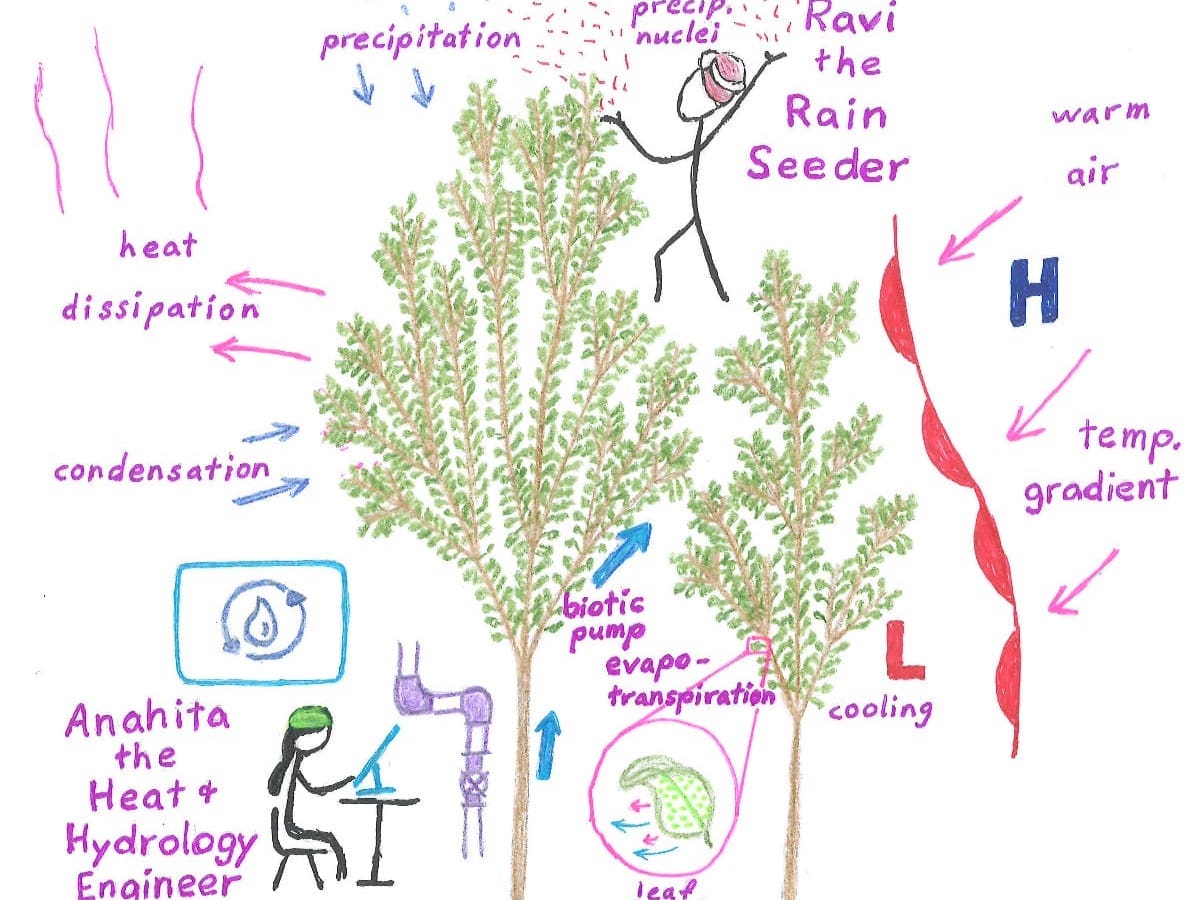
Journey of an Apprentice, graphic story with Erling Jorgensen – Thursday, February 20th
Take a fun journey through the systems that create life and climate with engineer and graduate of Bio4Climate’s “Systems Thinking and Scenario Building” course in 2022, Erling Jorgensen. Erling was inspired to share his learnings in a fun way that people with little training in biology and science could connect with. The result is “Journey of…

Food & Farming
Food & Farming:How Farming Impacts Our Water, Wildlife, Climate, Health & EconomyFebruary 6 – March 27, 2025 12 noon -or- 7 pm ET Plus, see our Free Introductory Class below! Free Introductory Class: 10 Powerful Ways You Can Change Our Food SystemTuesday, February 4 12 noon -or- 7 pm ET Free Introductory Class – Tuesday,…
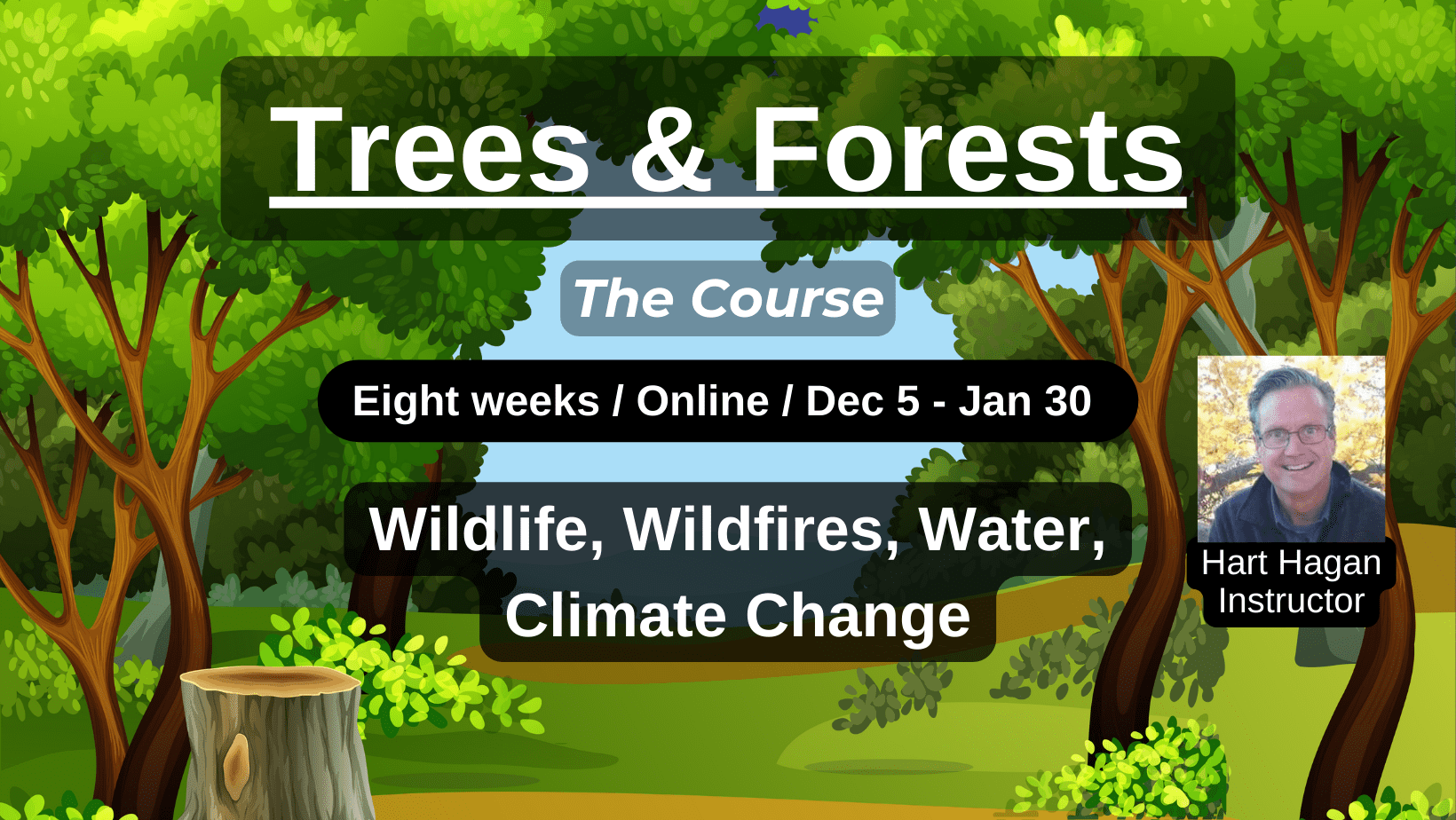
Trees & Forests — Wildlife, Wildfires, Water Cycles & Climate Change — starts December 5
Forests are more important than most of us realize. Forests make rain, cool the temperature, and send moisture to regions around the world. In many cases, forests have become monoculture “tree plantations” for the timber industry, lacking biodiversity and moisture. In a biodiverse forest, the soil soaks up water like a sponge, preventing wildfires, drought,…

Trees & Forests
Trees & ForestsWildlife, Wildlife, Water and Climate Change December 5, 2024 – January 30, 2025 Thursdays: 12 noon -or- 7 pm ET Course Description Trees & Forests is an eight week online course (Dec 5 – Jan 30) that explores the many benefits and wonders of our trees and forests, as well as the threats…

2024 Midwest Beaver Summit
Bio4Climate is excited to co-host the 2024 Midwest Beaver Summit alongside many outstanding environmental nonprofits, land trusts, restoration practitioners, and other organizations dedicated to conservation, implementing coexistence strategies, and cultivating awareness of the importance of beavers as keystone species in our ecosystems. WATCH THE RECORDING Full Agenda: This summit is organized by Midwest Beaver Advocacy…

Small Forests, Big Benefits – Tuesday June 18
On Tuesday, June 18 at 7pm ET, we participated in a comprehensive forum on Miyawaki Forest adoption across the US. Watch the recording here! In this online event, Bio4Climate’s Director of Regenerative Projects, Maya Dutta, joined keynote speaker Douglas Tallamy and three other national leaders to explore how mini-forests of native trees and shrubs can…
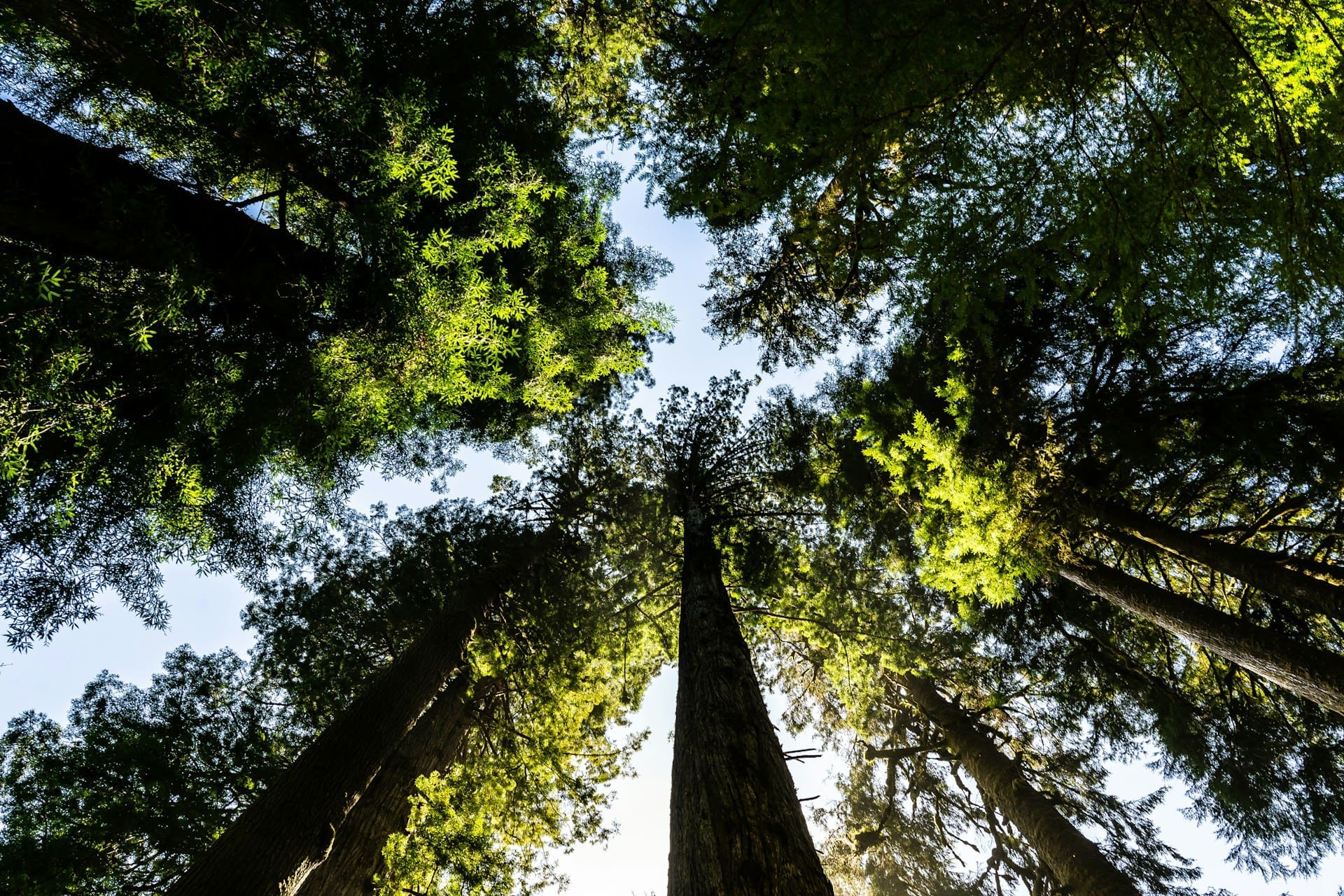
Signing on to Protect Forests
We, the undersigned organizations, are writing with the hopes of establishing a dialogue regarding the October 17, 2023 joint comment letter sent to Congress by the Outdoor Industry Association, Outdoor Alliance, and The Conservation Alliance concerning the Farm Bill.

Healing Our Land & Our Climate!
Healing Our Land & Our Climate! July 9 – September 24, 2024 Tuesdays: 12 noon -or- 7 pm ET What if we could deal with the causes of climate change and at the same time deal with its effects? What if we could prevent flooding, drought and wildfires and at the same time cool our…

Cool Forests for a Hot World
We affirm the need to restore the five billion hectares of degraded land worldwide but we have also found a way to bring the power of eco restoration home. Home to our own communities; Home to those most in need of a healing shot of nature; By planting tiny forests in urban areas, using the…
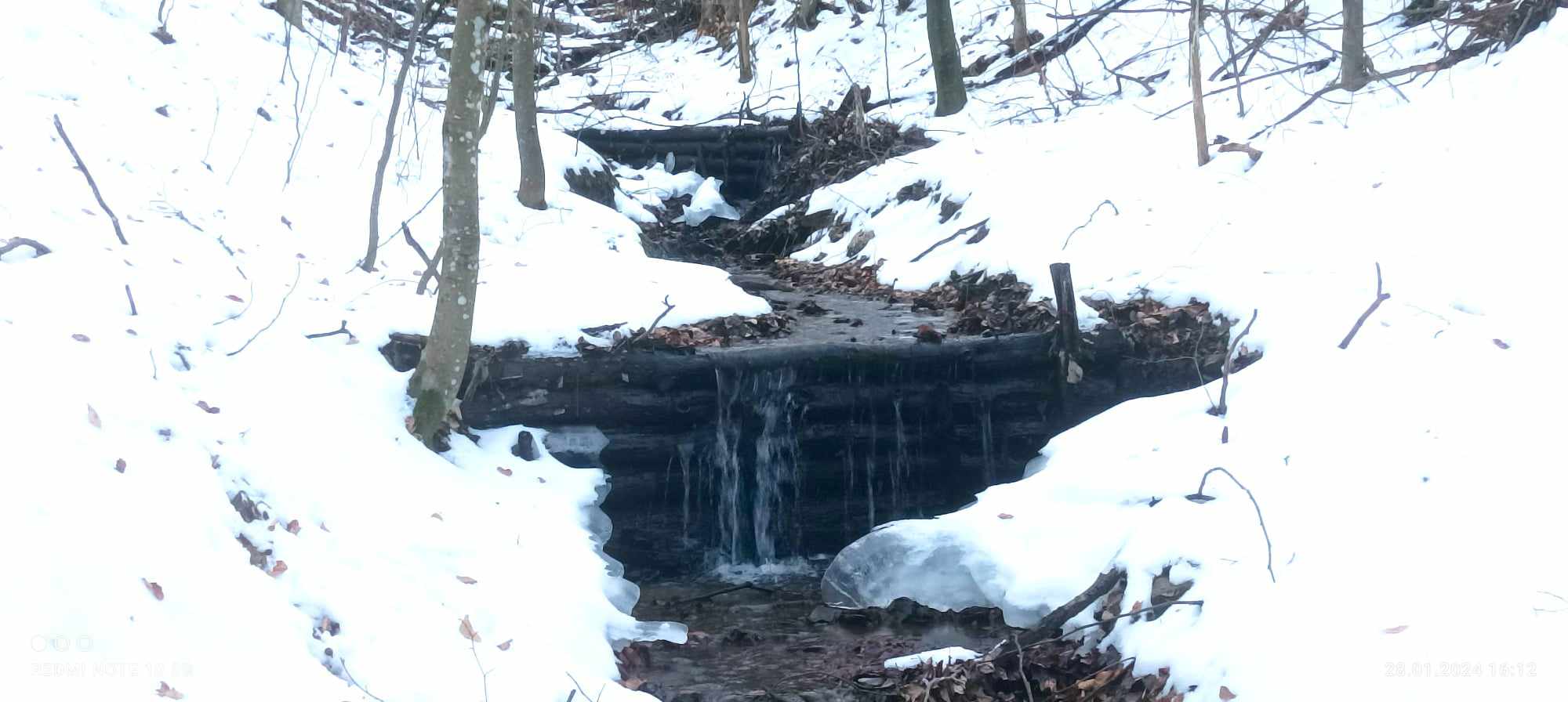
Slow Water Romance
As Valentine’s Day approaches, we invite you to experience a romantic journey in a winter wonderland. As the temperatures rise in February or earlier in our warming world, the snow melts, and we realize that the water cycle is a precious gift from the sun to all living creatures on Earth. Without the sun’s energy,…
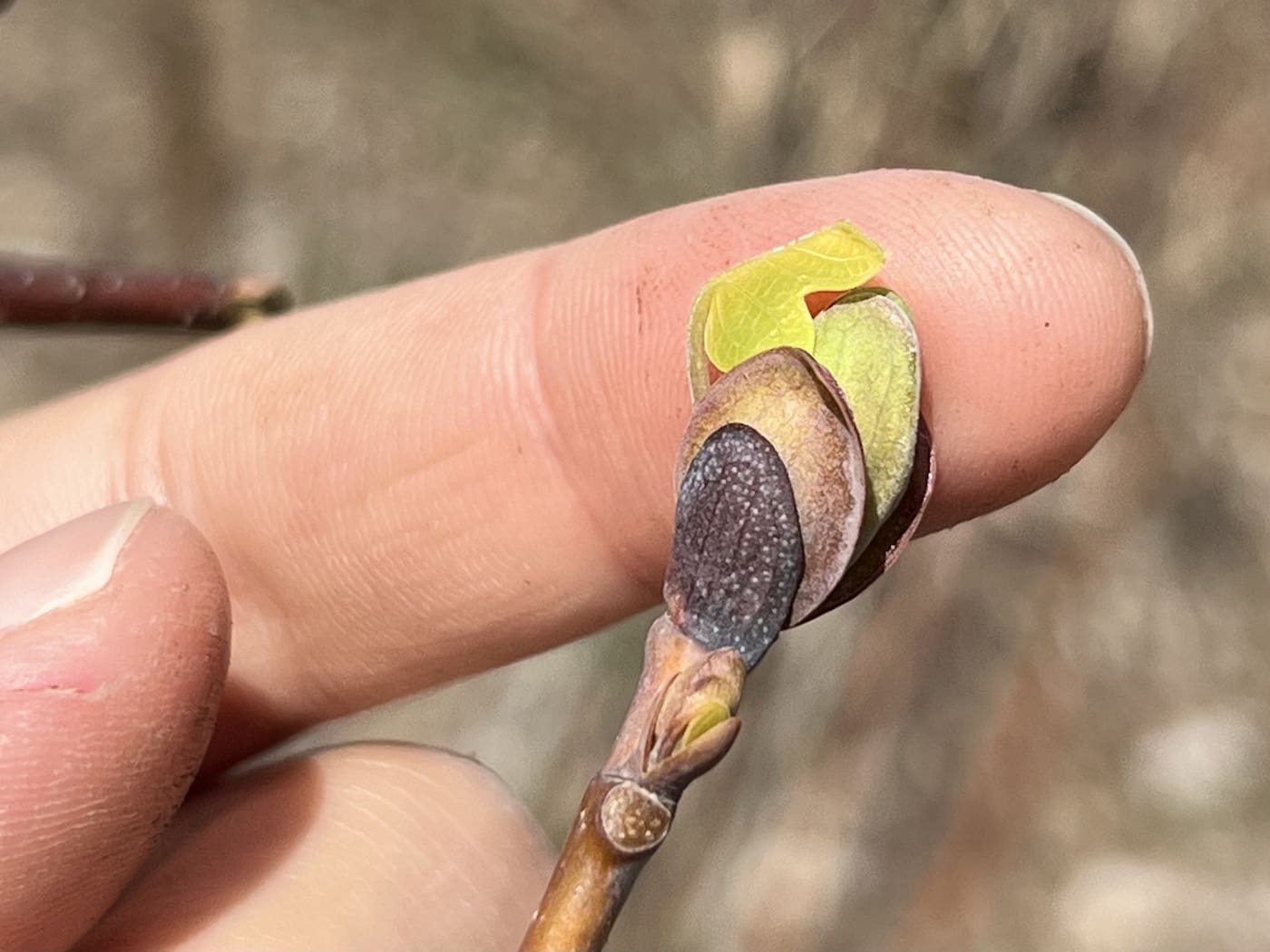
2023 in the Forest
As the year rounds out, it is time to reflect on the changes and growth we’ve seen in 2023. Nothing gives me quite as much pride, amazement, and faith in the power of change than our young Miyawaki forests. I was honored to share our work with the public in this short feature from the…

Halley’s Comet and Scenario 300
Halley’s Comet last hurtled around the Sun in 1986 and is expected to return in July of 2061. What will the Earth be like when the Comet returns? What kind of world do we want to greet it?
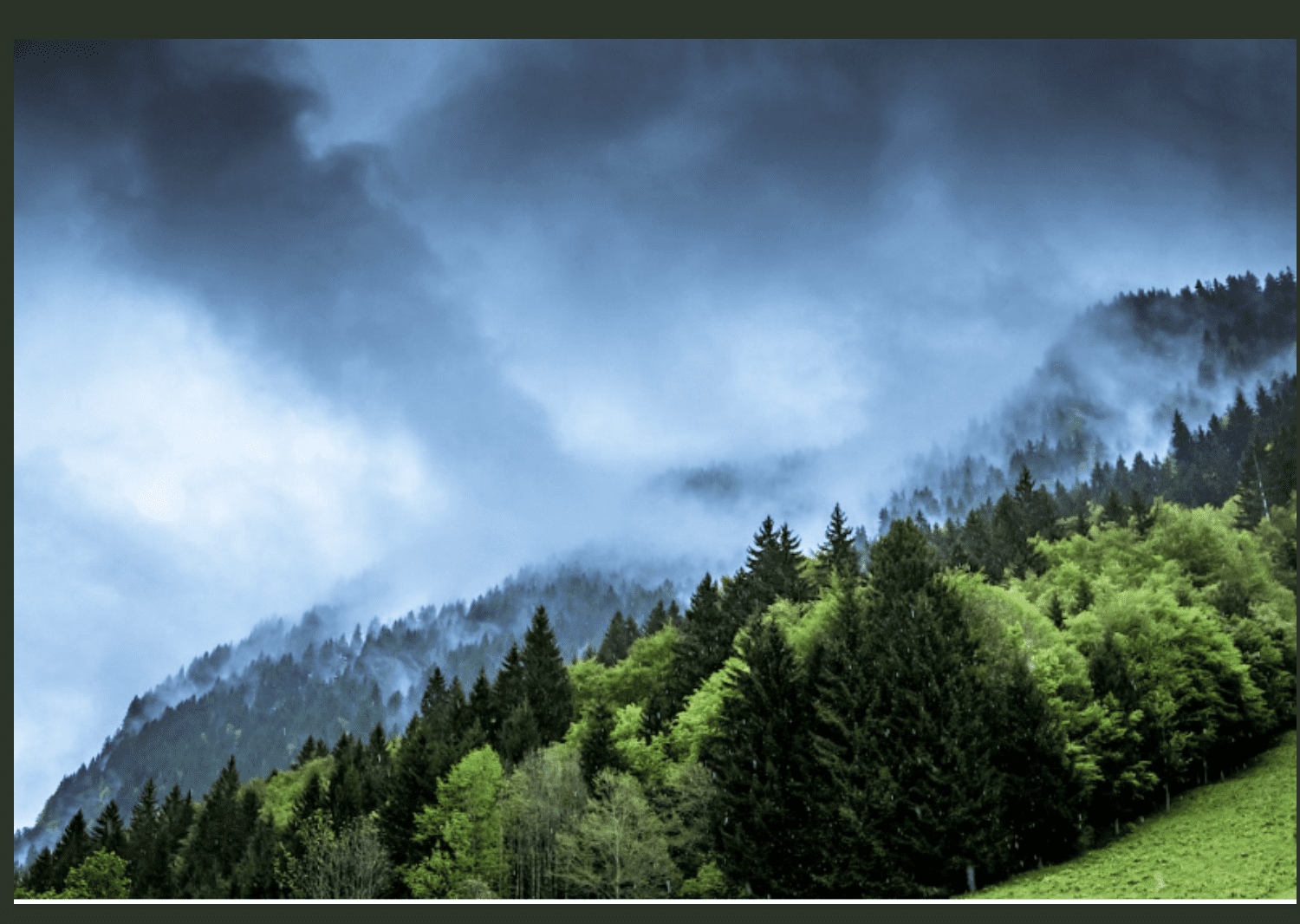
Intact ecosystems stabilize climate.
The more we disturb intact ecosystems, the less stable the climate that we have. Do we have systematic evidence-based resources to prove how natural ecosystems stabilize climate? Yes, we do! It would be helpful for science communicators and policymakers to have a resource with systematized evidence. For example:Primary forests have higher resilience against droughts than…
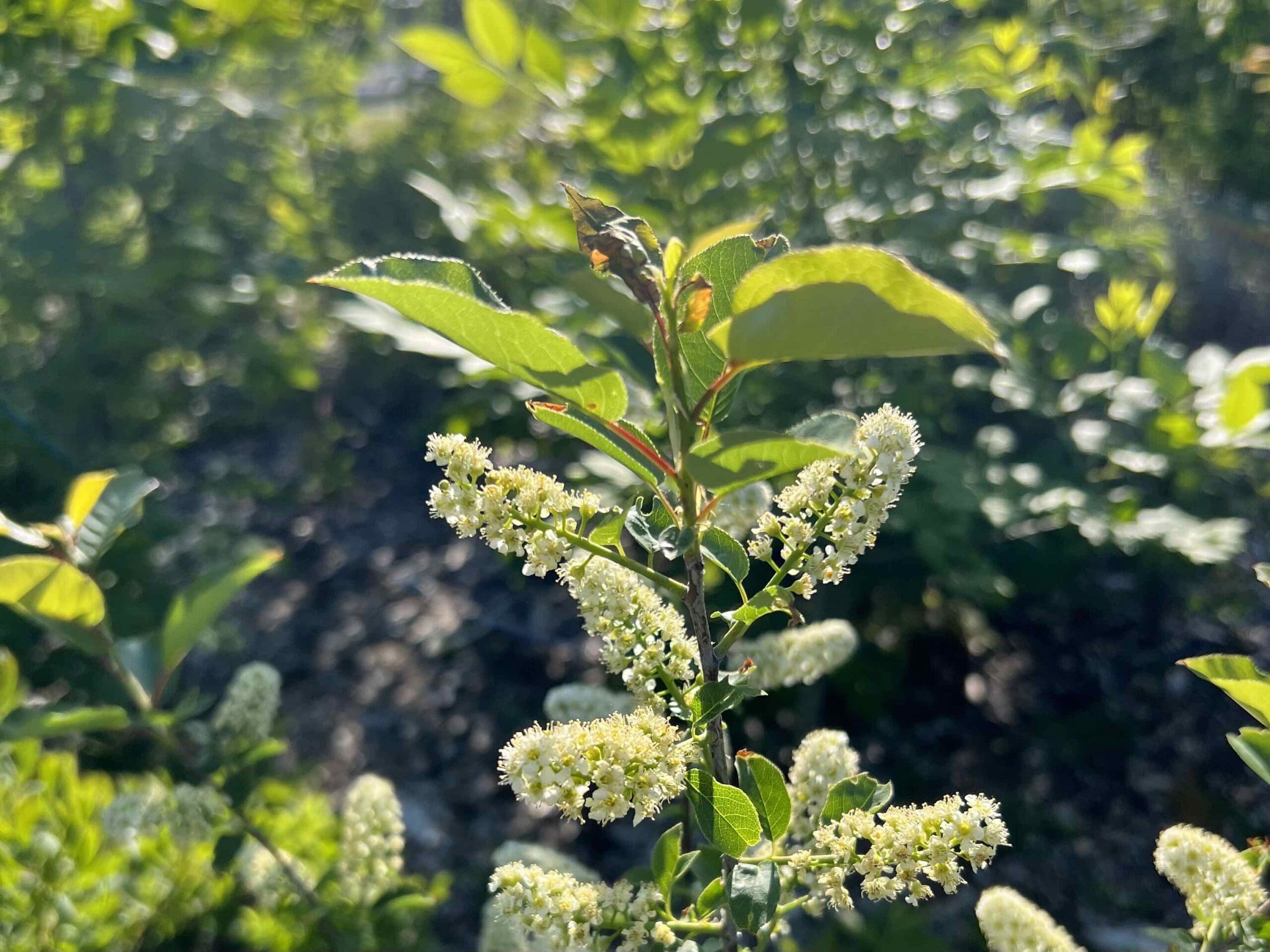
What are these tiny forests’ big benefits anyway?
What a thrilling week it has been! Since last Thursday’s New York Times article Tiny Forests with Big Benefits, my teammates and I at Bio4Climate have been buzzing with excitement at the recognition our forests and this type of restoration is getting. We are so thrilled by the enthusiasm of people’s responses, from interest in…

Our First Miyawaki Forest Turns Two
Our community grows alongside our first Miyawaki forest! In September of 2021, we planted our first Miyawaki forest – the first in the Northeastern U.S. – in Cambridge, Massachusetts. As the forest turns two, and demonstrates signs of resilient, abundant growth, the Bio4Climate team gathered with local forest enthusiasts to reflect and celebrate the ecosystem…
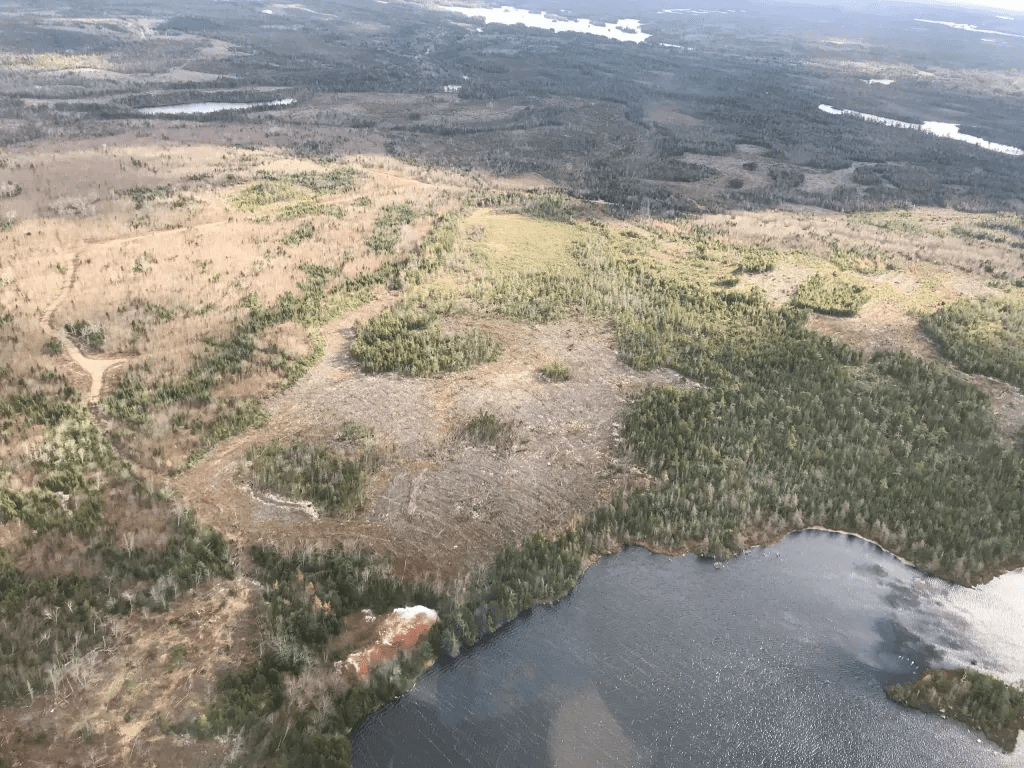
The NS wildfires are not ‘natural’ disasters: climate change, forest management, and human folly are all to blame
Four forestry specialists offer their views on how to reduce the wildfire risks. The Wildfire story that no one is talking about. The media is full of stories about the causes and cures for the massive forest fires raging around the world. Those fires have finally hit close to the Bio4Climate home in New England…
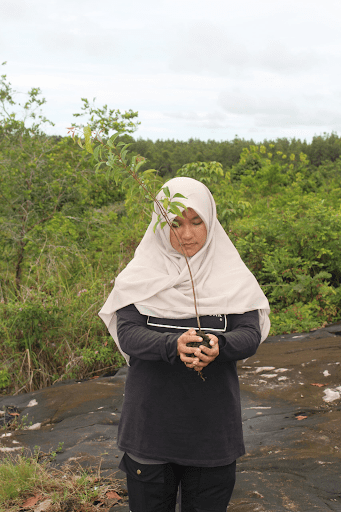
Primates and Peatlands: Restoring Indonesian Ecosystems in the Face of Flooding
Meet Eka Cahyaningrum, restorer of peatlands and advocate for primates. Her work in Indonesia restores wild animal populations and their habitats while uplifting local communities. Her youth-led efforts demonstrate the power of coming together under one goal: to create better living conditions for all living beings, so that we can all thrive. Eka Cahyaningrum, Primate…
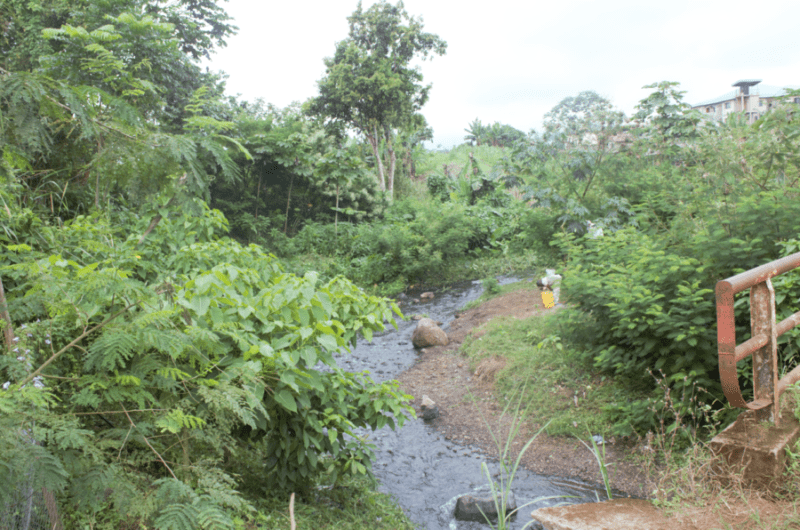
Using the Miyawaki Method to Rapidly Rewild our Communities
Bulu mini-forest in Cameroon after 19 months; Photo: Agborkang Godfred Hannah Lewis, Compendium Editor for Biodiversity for a Liveable Climate and freelance writer The Miyawaki Method The Miyawaki Method is a way to grow natural, mature forests in a couple of decades rather than a couple of centuries. You do this by observing what happens…

Miyawaki Forests and the Meaning of Regeneration
As many people know through firsthand experience, we planted the Northeast’s first Miyawaki Forest last weekend. After several months of planning, discussion, and organization, we gathered in Danehy Park in North Cambridge to create the forest. This was the part I participated in, but like so much of our work at Biodiversity for a Livable…
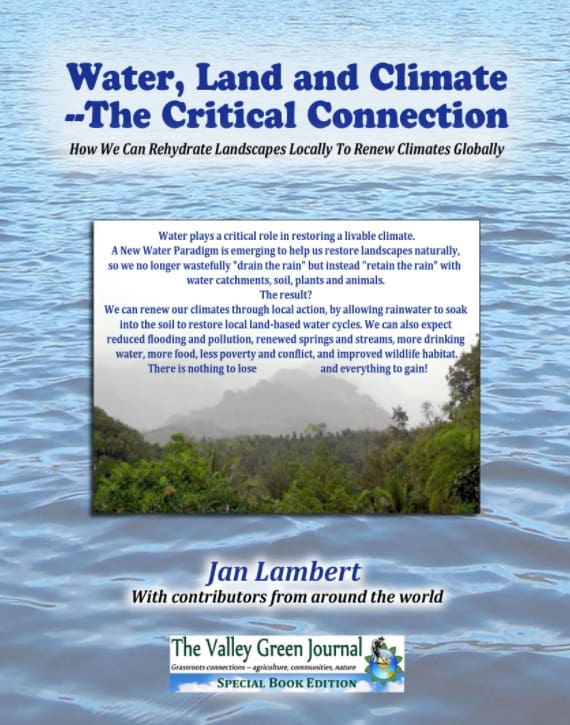
Water, Land, and Climate –The Critical Connection
Water plays a critical role in restoring a livable climate. A New Water Paradigm is emerging to help us restore landscapes naturally, so we no longer wastefully “drain the rain” but instead “retain the rain” with water catchments, soil, plants and animals. The result? We can renew our climates through local action, by allowing rainwater…

A Global Action Plan for the Restoration of Natural Water Cycles and Climate
Ing. Michal Kravčík,CSc. / Jan Lambert https://bio4climate.org/downloads/Kravcik_Global_Action_Plan.pdf Jan’s Quick-Take: This is a document intended to guide people from individuals to the national level, on addressing climate change through the restoration of short, or small water cycles, thus increasing the production potential and biodiversity of all continents through the introduction of various measures of rainwater retention.…
